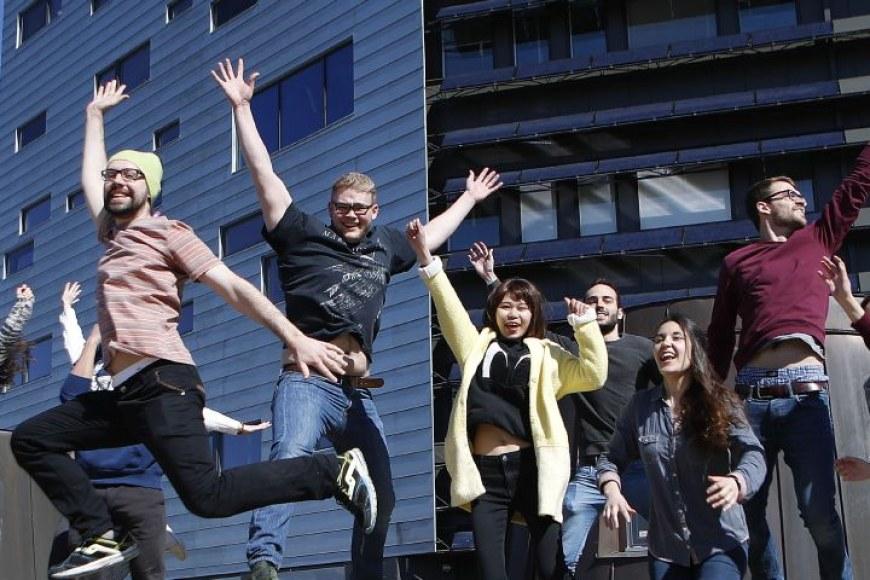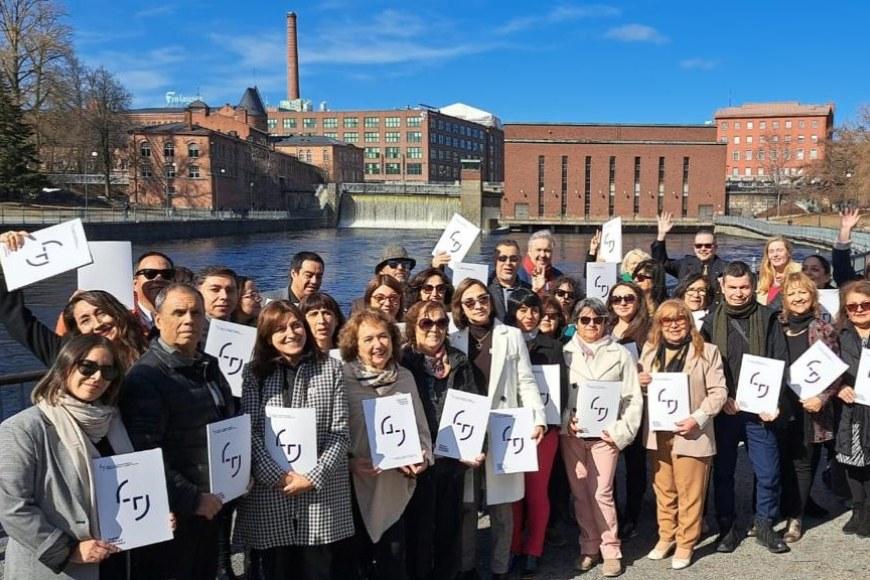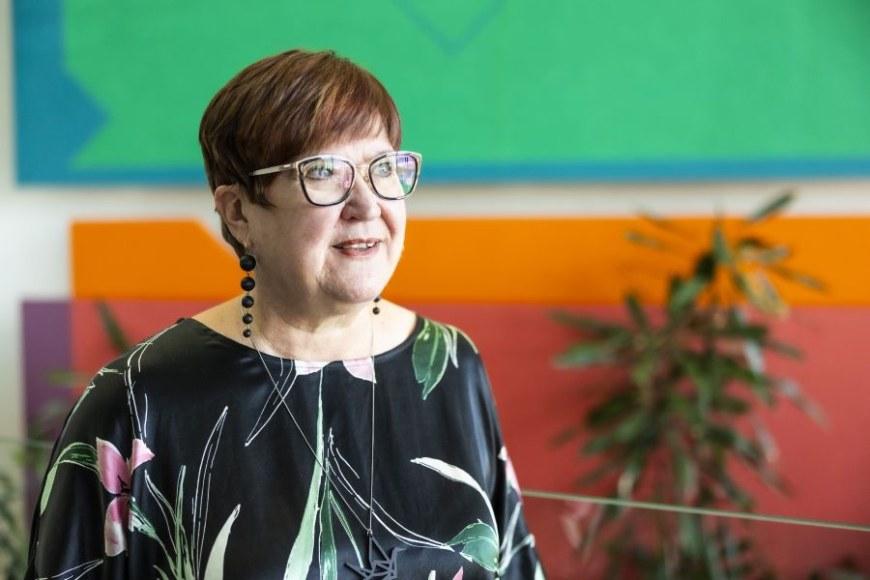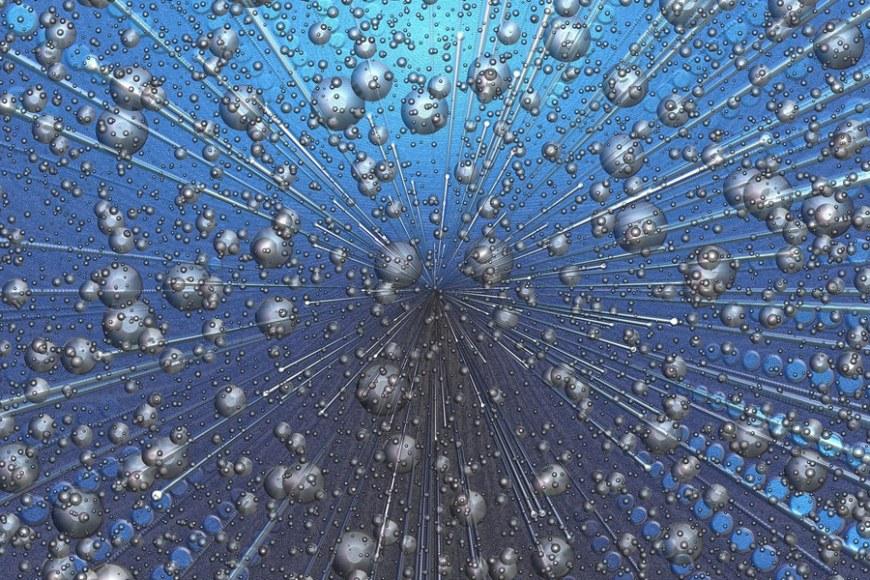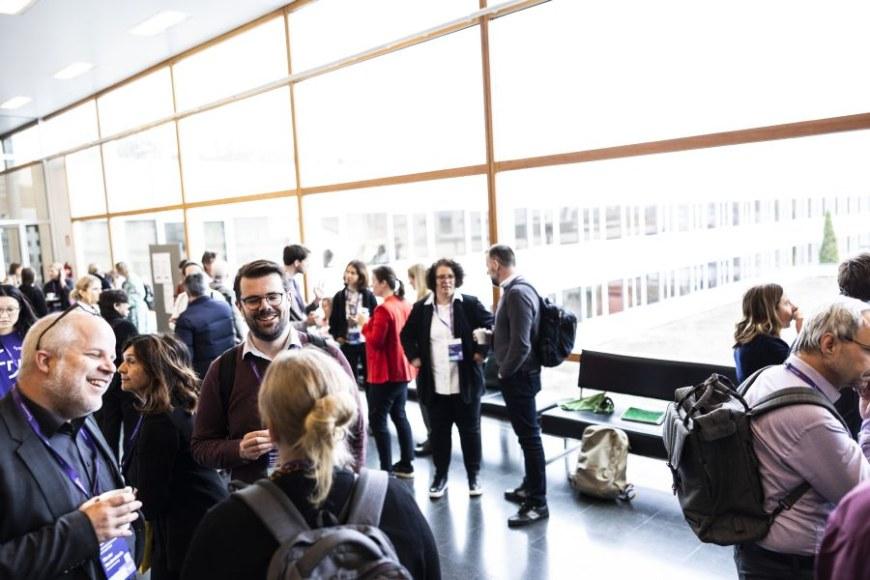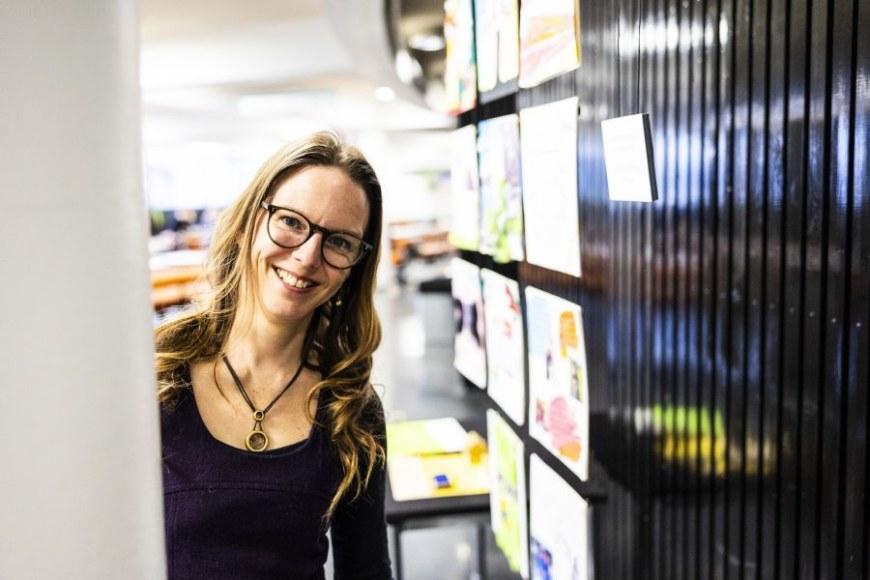Tampere University receives funding for nine projects in natural sciences and engineering from the Academy of Finland
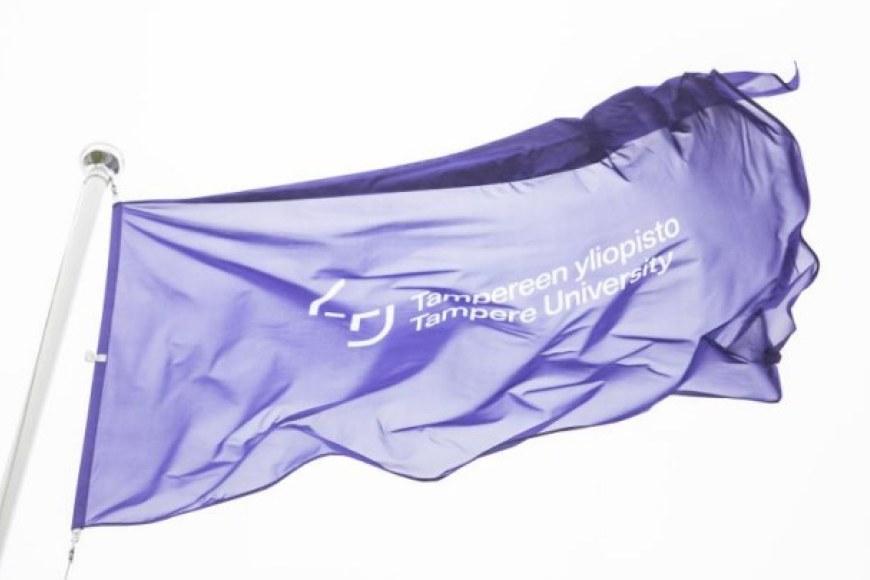
The Research Council for Natural Sciences and Engineering awarded a total of €44 million of funding for academy projects. When considering applications, the Research Council placed a particular emphasis on the scientific quality, novelty, breakthrough potential and feasibility of the projects.
Using technology to support virtual interaction
Professor of Gamification Juho Hamari (Faculty of Information Technology and Communication Sciences) will carry out a project titled POSTEMOTION: Socio-emotional augmentation of human exodus to virtual reality.
POSTEMOTION will investigate the socio-emotional augmentation of interaction in virtual reality amidst the on-going climate crisis and pandemic-driven digital exodus. The project will examine how 1) different forms of embodiment into virtual avatars (WPe), 2) affective synchronization (WPs), 3) computer-mediated touch (WPt) and all three together (WPc) can enhance emotional awareness and empathic social interactions in different kinds of collaborative scenarios, such as in large hierarchical groups, hierarchical and non-hierarchical dyads, and ad-hoc groups.
The project will also examine how experiences related to technology-mediated communication (e.g. presence, immersion) and personality traits (such as extraversion, immersive tendencies) affect technology-mediated communication.
The project will ultimately benefit society by presenting best practices for enhancing technology-mediated socio-emotional interactions utilising virtual, game and neuroadaptive technologies.
Exploring how microstructural properties affect Barkhausen noise
Senior Scientist Mari Honkanen (Faculty of Engineering and Natural Sciences) will carry out a project titled Magnetic Barkhausen Noise: From Fundamental Physics to Non-Destructive Testing. The BarFume consortium also includes Lasse Laurson, professor of computational physics at the Faculty of Engineering and Natural Sciences.
The structure of a ferromagnetic material can be characterised by its microstructural and magnetic features. When a ferromagnetic material is placed in an external magnetic field, its small magnetic domains start to move, causing a measurable signal called Barkhausen noise (BN).
BarFume aims to improve our understanding of how the microstructural features of the sample affect the domain wall movement (that is, BN) and how this information could be used to improve the accuracy of BN-based quality control methods. In addition, novel machine learning techniques will be developed to automatically classify materials microstructure using BN as input.
BarFume is an interdisciplinary project that combines materials characterisation and BN measurements, micromagnetic modelling and advanced statistical analysis. The results will be translated into practical applications in collaboration with industrial partners.
Improving the performance of biocomposites
Postdoctoral Research Fellow Jarno Jokinen (Faculty of Engineering and Natural Sciences) will take part in the Advanced Bio-Composite Modelling and Simulation (ABCModelS) project. The consortium is headed by Geza Toth at the VTT Technical Research Centre of Finland.
Biocomposites are one of the key solutions for creating a circular economy for plastics. They provide an industrially attractive balance between low cost, environmental footprint and high performance.
The mechanical properties of biocomposites are determined by their architecture, the mechanical properties of the constituents and their interfacial properties. To date, there have been no modelling systems that are capable of predicting the impact of the interface stiffness and cohesive properties on the strength of cellulose composite materials. The use of computational technologies at the microstructural level will enable the analysis of these interfaces and their impact at the macroscale.
The goal of the project is to test and model the interfacial properties of cellulose fibre biocomposites to improve their properties and promote their adoption. In addition, the project will seek to increase our understanding of the current limitations associated with interface strength and identify potential improvements.
Paving the way for next-generation HEC materials
Assistant Professor (tenure track) Gaurav Mohanty (ENS) will participate in the project titled sustainable High Entropy CaRBIdEs: design, optimized synthesis and plastic deformation mechanisms (HERBIE). The consortium is headed by Marja Huttunen-Saarivirta at the VTT Technical Research Centre of Finland.
The project will explore a new class of ceramic materials: high entropy carbides (HEC). They have a partially disordered structure: at least four types of metal atoms are positioned randomly in cation sites, but carbon atoms are regularly positioned in the anion sublattice. HECs exhibit unique physical properties that can also be tuned. HECs are typically rich in critical raw materials (CRM) that are associated with ethical, sustainability and supply chain issues.
The overall objective of the HERBIE project will be to generate new scientific knowledge that will enable the development of next generation high entropy carbides based on sustainable raw materials and compositions that favour plasticity over brittle failure. This will be achieved by integrating computational design, optimised synthesis and plastic deformation studies. The project will be carried out in collaboration with world-class research groups. The project will provide groundbreaking knowledge of HECs and ductile ceramics in general.
Sonic release of antibubble drugs
Professor of Medical Physics Michiel Posteman (Faculty of Medicine and Health Technology) will undertake a project titled Sonic release of antibubble drugs.
Some liquids may contain antibubbles. An antibubble consists of a liquid core droplet surrounded by a gas bubble. Electrically charged layers on the droplet and the bubble prevent the core droplet from touching the outer bubbles surface. Antibubbles have been observed in various milk products, in fizzy drinks, and in diagnostic contrast agents. Owing to the presence of the droplet inside, an antibubble is uniquely detectible in an ultrasound field.
Microscopic antibubbles are well suited as tracers of blood flow in ultrasound echography, making use of so-called harmonic imaging. But antibubbles can also be used to carry a therapeutic load inside the droplet core. When inserted into the blood stream, such antibubbles act as harmless particles until the therapeutic load is released by means of a strong ultrasound signal.
The project will seek to identify acoustic regimes to release drugs from antibubbles with the help of high-speed photography and ultrasound.
Methods for integrating soft robotics and fluidic devices
Associate Professor (tenure track) Veikko Sariola (Faculty of Medicine and Health Technology) will study the large-scale integration of soft robotic and fluidic devices.
Soft robotics – robots composed of soft materials, elastomers – is an on-going paradigm shift in robotics research. Soft robots typically have soft fluidic actuators, use fluidic circuits and are fabricated using a combination of monolithic fabrication methods, such as 3D-printing, casting and lithography. This monolithic fabrication is potentially a huge advantage over traditional, hard robots: very complex soft robots could be fabricated with practically no added cost. However, this potential remains largely untapped, partly because the design and integration of soft robots is still very much a manual task.
The project seeks to develop methods for the large-scale integration of soft robotic and fluidic devices. The results will pave the way to realising the full potential of soft robotics, by allowing the design of more complex soft robots than ever before.
Scalable and autonomous infrastructure-free drone swarms
Assistant Professor (tenure track) Bo Tan (Faculty of Information Technology and Communication Sciences) will undertake a project titled Autonomous Communication Converged with Efficient Sensing for UAV Swarms (ACCESS).
The project aims to proof scalable and autonomous infrastructure-free drone swarms by integrating mmWave communications and sensing. The convergence relies on the close interaction of radio link and system level research activities and also aims to develop a novel distributed spatiotemporal synchronisation, accurate beam steering, and the recognition to dynamic radio resource allocation, scheduling, interference control and distributed routing that underpin reliable autonomous swarming.
The project will lay the foundation for a series of valuable applications, including search and delivery during disasters when wireless and positioning infrastructure is absent or damaged, cooperatively extinguishing a forest fire, and a 3D snapshot of the indoor or outdoor urban landscape for city planning purposes.
Sound recognition technology without machine learning
Professor of Signal Processing Tuomas Virtanen (Faculty of Information Technology and Communication Sciences) will study the zero-shot active learning of acoustic models.
Modern sound recognition techniques are based on machine learning, which requires large quantities of annotated data. This limits sound recognition to specific tasks where sufficient data are available.
The ZERO-ACOUSTIC project will develop methods that allow the recognition of sounds using their textual descriptions and attributes, such as their material, or images. Furthermore, the project will develop active learning methods that continuously improve sound recognition by requesting information from humans in cases where recognition is uncertain. The researchers will also model the subjectivity of human input, so that learning is possible from information provided by non-experts.
The Academy of Finland’s press release dated 3 June 2021
